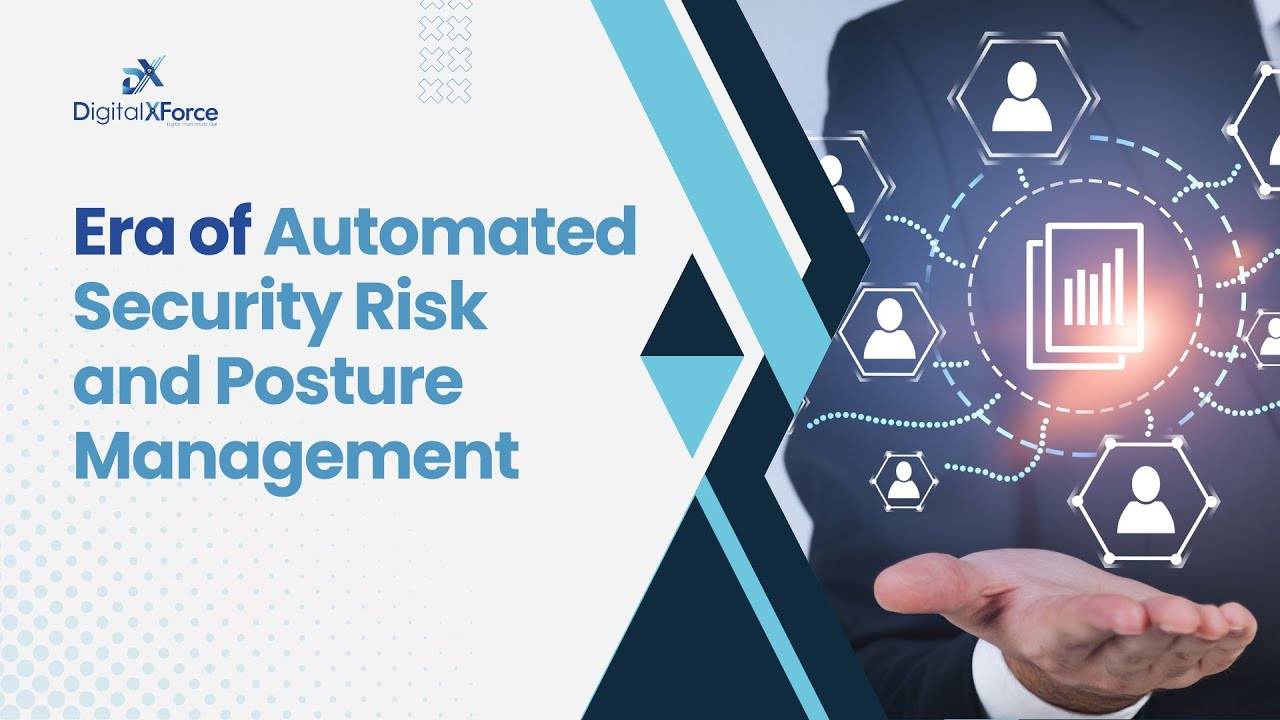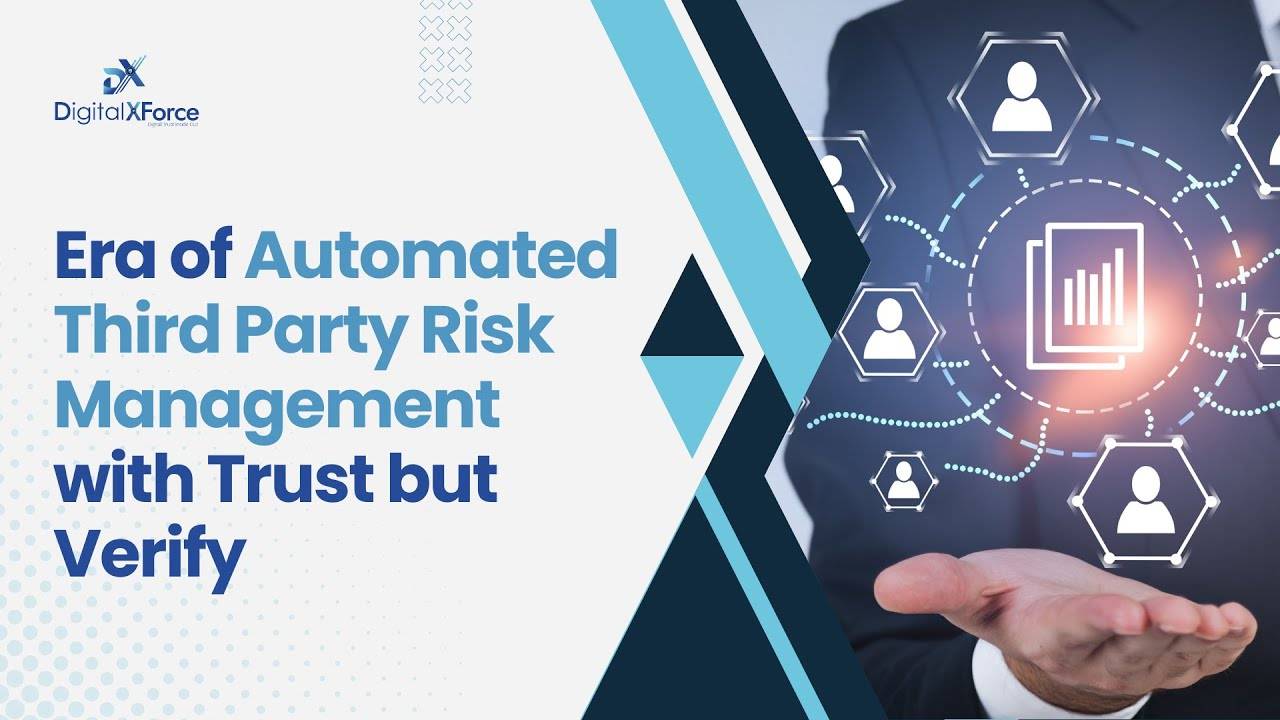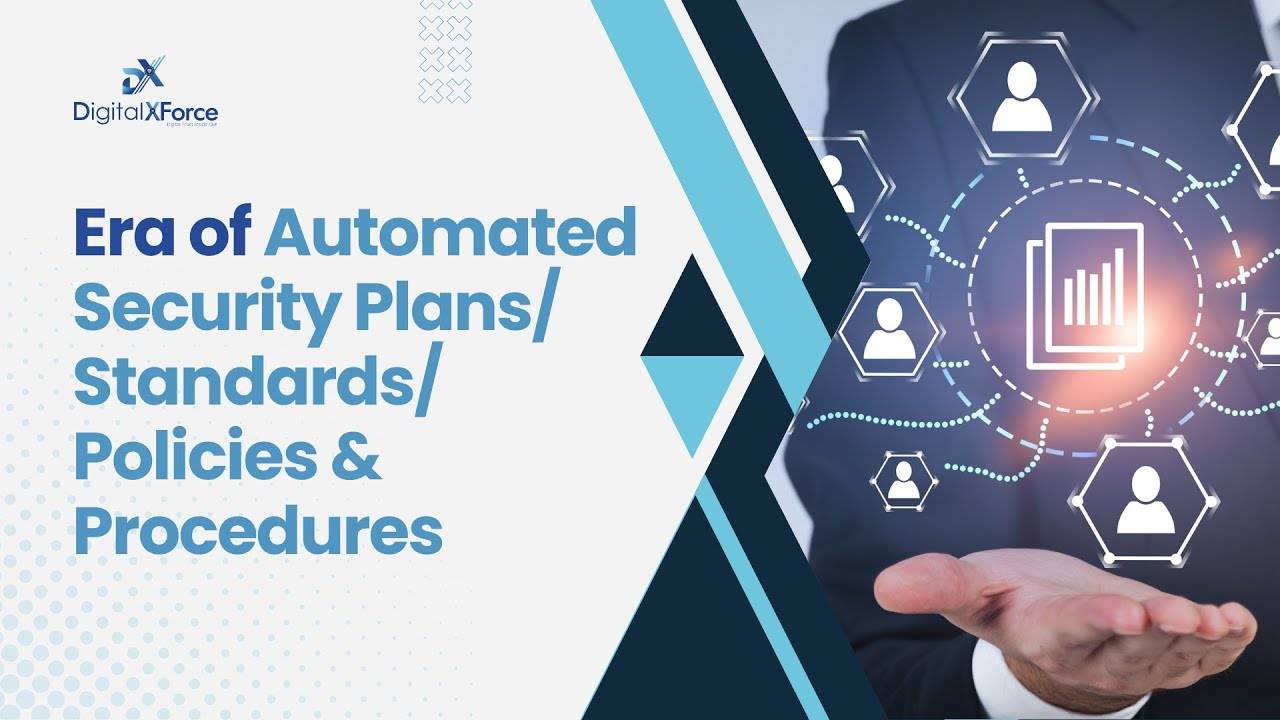
Cyber risk managers are some of the most critical, yet often overburdened, professionals in the enterprise. Their day involves everything from chasing audit evidence to reviewing vendor risk assessments, updating compliance status reports, analyzing control health, and preparing risk presentations for leadership. Most of this work is manual, fragmented, and reactive.
But that’s changing.
With DigitalXForce—an AI-powered Enterprise Security Risk and Posture Management platform—risk managers now experience an entirely new way of working: automated, contextual, and real-time.
This blog follows a realistic “Day in the Life” of Jordan Patel, a fictional and mid-sized financial services firm’s Risk Manager, who uses DigitalXForce to manage cyber risk with clarity, speed, and confidence.
Let’s walk through their day.
7:45 AM — Morning Sync and Instant Risk Overview
Jordan logs into DigitalXForce from home before the daily risk and compliance huddle. On their AI-curated dashboard, powered by DigitalXForce’s ShivAI engine, predictive risk analytics have already surfaced the top risk changes since yesterday, drawing from integrated data across cloud platforms, SaaS inventories, endpoint telemetry, and external threat intelligence feeds:
- 🟠 New risk alert: Third-party payroll vendor’s API failed compliance scan — $320K potential impact.
- 🔵 Control remediation in progress: Encryption policy violation on a low-priority S3 bucket — 80% resolved.
- 🟢 Posture score: Up 3% across customer-facing assets.
- 🔺 KRI shift: External attack surface risk increased due to new exposed endpoints in Azure.
In under 5 minutes, Jordan understands:
- What’s changed
- Where risk has increased
- Where progress is being made
- Which teams to follow up with
No more Excel sheets. No more piecing together logs and dashboards. Just real-time insight.
8:15 AM — Daily Standup with the Security & Compliance Teams
In the team sync, Jordan presents the DigitalXForce-generated risk summary:
- The payroll API risk is prioritized for third-party vendor remediation. DigitalXForce’s vendor exposure module flagged it automatically using integration with the organization’s SaaS inventory.
- Compliance posture for SOC 2 controls improved from 91% to 94%—thanks to resolved endpoint monitoring failures.
- DigitalXForce’s Control Drift Tracker flagged a misalignment in baseline configuration on two production VMs. The DevSecOps team has been auto-assigned the fix through native integration with Jira, ensuring remediation steps are tracked against mapped compliance controls in real-time.
Jordan simply shares the board-ready posture dashboard on-screen, powered by real-time evidence and automation.
AI-generated next steps are already embedded—DigitalXForce recommends what to remediate, which owners to involve, and the estimated impact on risk reduction.
9:00 AM — Risk Quantification Meeting with Finance
The CFO and Jordan have their weekly 1:1 to align on risk appetite and control investments.
In the past, this required hours of data prep. Now, Jordan uses DigitalXForce’s Cyber Risk Quantification (CRQ) dashboard, which shows:
- $4.6M in total quantified risk, down from $5.2M last quarter.
- Top three contributors: Third-party systems, cloud misconfigurations, and inactive admin accounts.
- Most improved area: MFA control coverage across critical assets.
- Projected impact of $150K investment: ~12% reduction in exposure over the next 60 days.
The CFO nods, impressed.
“This is what we need—security data that translates to dollars.”
With DigitalXForce, Jordan speaks the language of finance, enabling informed budget decisions and justifying security initiatives based on actual business impact.
10:30 AM — Third-Party Risk Review
Next up, a vendor review.
DigitalXForce’s Third-Party Risk module has already scored and tiered all vendors using its Level 1–3 TPRM framework, combining inherent business criticality, real-time telemetry, and compliance health into a continuously updated Digital Trust Score:
- Access level
- Compliance health
- Real-time telemetry
- Inherent business criticality
Jordan reviews:
- A flagged payroll vendor (API endpoint drift from baseline)
- A new SaaS CRM onboarding next week, already analyzed via DigitalXForce’s AI-driven intake workflow
- Risk heatmaps across all third parties by financial impact
Instead of emailing spreadsheets or waiting for questionnaires, DigitalXForce already:
- Sent the vendor a smart self-assessment
- Cross-checked responses with external threat intelligence feeds
- Flagged discrepancies automatically
Jordan accepts DigitalXForce’s recommendation: place vendor on quarterly review cadence and initiate remediation SLA.
Time saved: At least 2–3 hours of manual work.
12:00 PM — Lunch with a Side of Simulated Risk Scenarios
Over lunch, Jordan runs a “What-If” simulation in DigitalXForce.
Scenario:
What happens to our posture and quantified risk if the DevOps team delays patching Log4Shell for 30 days?
DigitalXForce simulates:
- Likelihood of exploit
- Control gaps that would remain open
- Impacted systems
- Projected cost of breach: $870K
- Effect on overall risk score: +6%
This simulation is instantly shareable via Slack and PowerPoint export. Jordan adds it to this week’s Risk Committee presentation to highlight the urgency of timely remediation.
1:30 PM — Compliance Alignment: ISO 27001 & SOC 2
With multi-framework mapping to NIST CSF, NIST 800-53, ISO 27001, PCI-DSS, and CIS, and over 90% of evidence auto-collected from integrated systems, Jordan eliminates days of manual evidence gathering while automatically flagging compliance gaps
- ISO 27001: 96% ready
- SOC 2: 94% ready
- PCI-DSS: 89% ready (backup encryption control needs attention)
Evidence collection is automated—DigitalXForce pulls from:
- Cloud accounts (AWS, Azure)
- SIEM logs
- Endpoint data
- Identity platforms (Okta, Azure AD)
Jordan shares the automated control effectiveness report with the auditor via a secure DigitalXForce link—no ZIP files, no shared drives.
Time saved: ~2 days of manual evidence pulling per audit cycle.
3:00 PM — Preparing for the Quarterly Risk Committee
With DigitalXForce, Jordan’s prep is mostly done.
The board presentation is auto-generated based on:
- KPIs (e.g., % critical assets with failed controls)
- KRIs (e.g., $ quantified risk by category)
- Posture over time (up 11% in Q2)
- Heatmaps showing where risks concentrate
- ROI on previous investments (e.g., EDR deployment reduced risk by $400K)
Each slide links back to real-time DigitalXForce dashboards, in case execs want to drill deeper.
Jordan customizes a few annotations, but the heavy lifting—analysis, aggregation, visualization—is all handled by DigitalXForce.
4:00 PM — Remediation Check-In & Workflow Automation
Jordan opens DigitalXForce’s Control Workflow Engine, which shows:
- 68% of current remediation tasks are in progress
- 92% of assigned owners met their SLA last month
- 5 controls flagged for escalation
Tasks are routed automatically:
- S3 misconfig? → Assigned to CloudOps
- MFA drift? → Assigned to Identity team
- Endpoint risk? → Routed to SOC with priority level
Every action is timestamped and audit-tracked, helping Jordan enforce accountability without micromanagement.
5:00 PM — Wrapping the Day with Confidence
Before logging off, Jordan checks DigitalXForce’s AI-generated Daily Digest, which summarizes:
- New risks
- Control posture deltas
- Open tasks
- Trends to watch
Jordan feels in control, not overwhelmed.
With DigitalXForce, their role has shifted from “manual fire-fighting” to “strategic risk orchestration powered by real-time AI insights, automated workflows, and quantified business impact metrics.”
They spend more time:
- Interpreting data, not collecting it
- Prioritizing risk, not identifying it
- Aligning with business outcomes, not just technical fixes
How DigitalXForce Transforms a Risk Manager’s Workflow
| Task | Traditional Time | With DigitalXForce |
| Risk assessment per asset | 2-3 hours | Real-time, automated |
| Evidence collection | Several days per audit | Auto-collected daily |
| Vendor risk evaluation | 3–5 hours per vendor | Auto-tiered, AI-scored |
| Risk presentation prep | 6–10 hours | Auto-generated |
| Control remediation tracking | Manual spreadsheets | Workflow automation |
Time saved weekly: ~25–30 hours
Stress reduced: Immeasurable
Why Risk Teams Are Choosing DigitalXForce
DigitalXForce isn’t just a tool—it’s a strategic enabler that helps risk managers:
- Automate the mundane (evidence collection, scoring, reporting)
- Focus on what matters (prioritized, financial-risk driven insights)
- Communicate clearly with technical and business stakeholders
- Work proactively, not reactively
In a world where threats evolve in minutes, compliance is continuous, and budgets are scrutinized, DigitalXForce gives risk managers superpowers—to see clearly, act swiftly, and lead confidently.
Ready to Experience the DigitalXForce Difference?
Request a demo and step into the future of risk management.
Let DigitalXForce streamline your day—so you can focus on what truly matters.
About DigitalXForce
DigitalXForce is the industry’s leading AI-powered platform for Enterprise Security Risk and Posture Management. Through real-time control monitoring, cyber risk quantification, compliance automation, and smart workflows, DigitalXForce helps risk and compliance professionals reduce risk, save time, and align with business outcomes.



